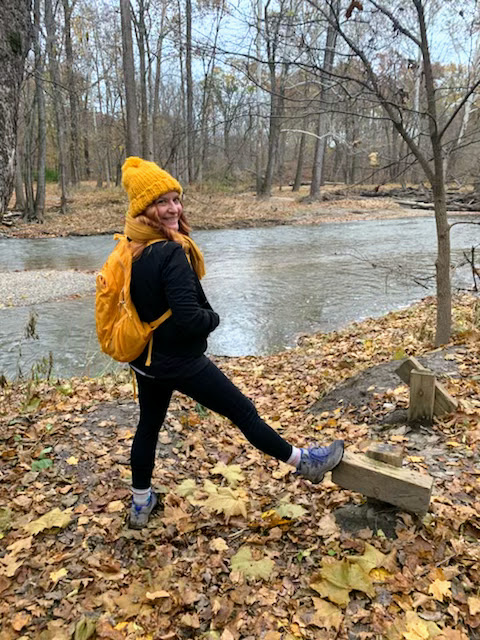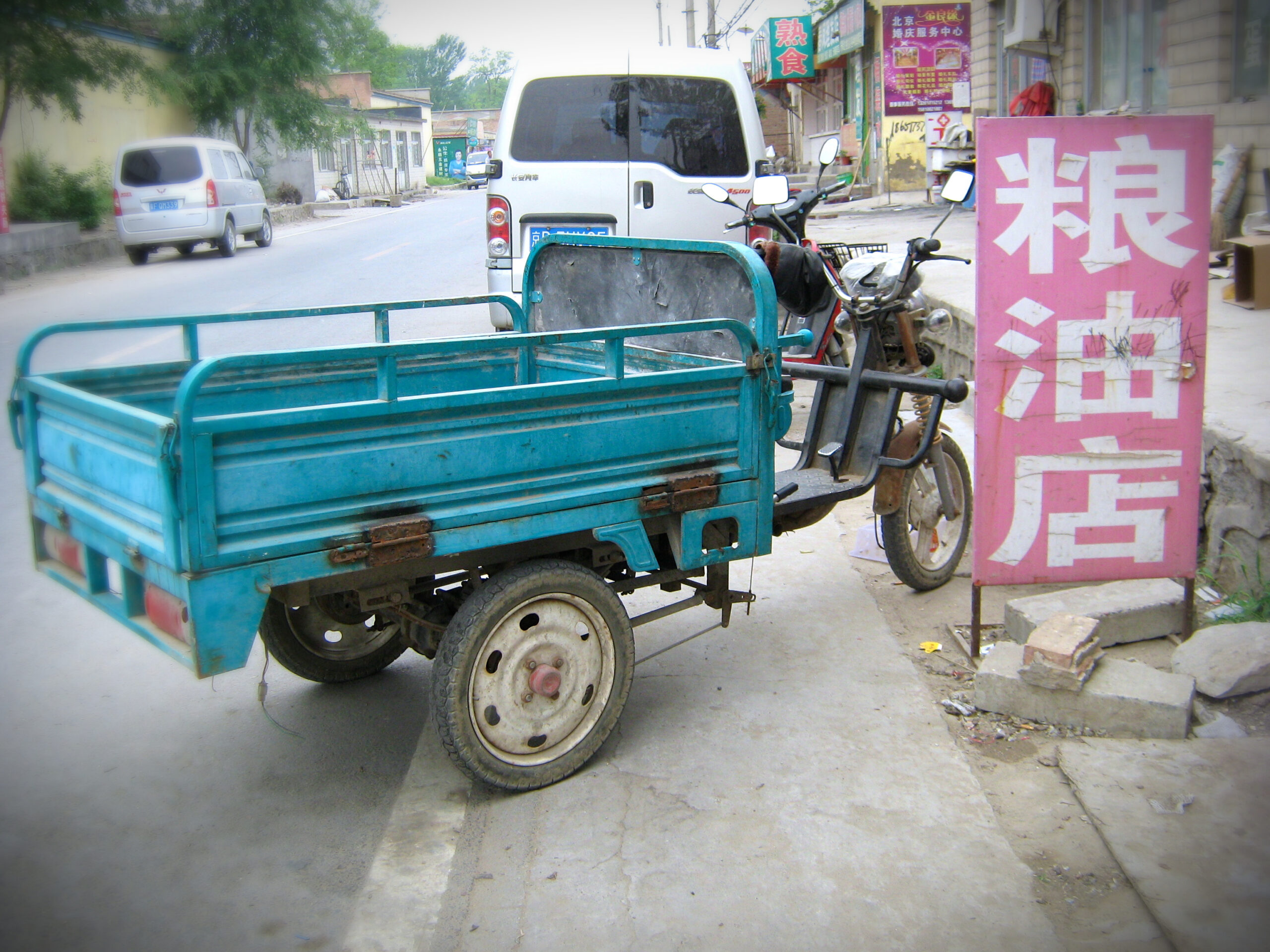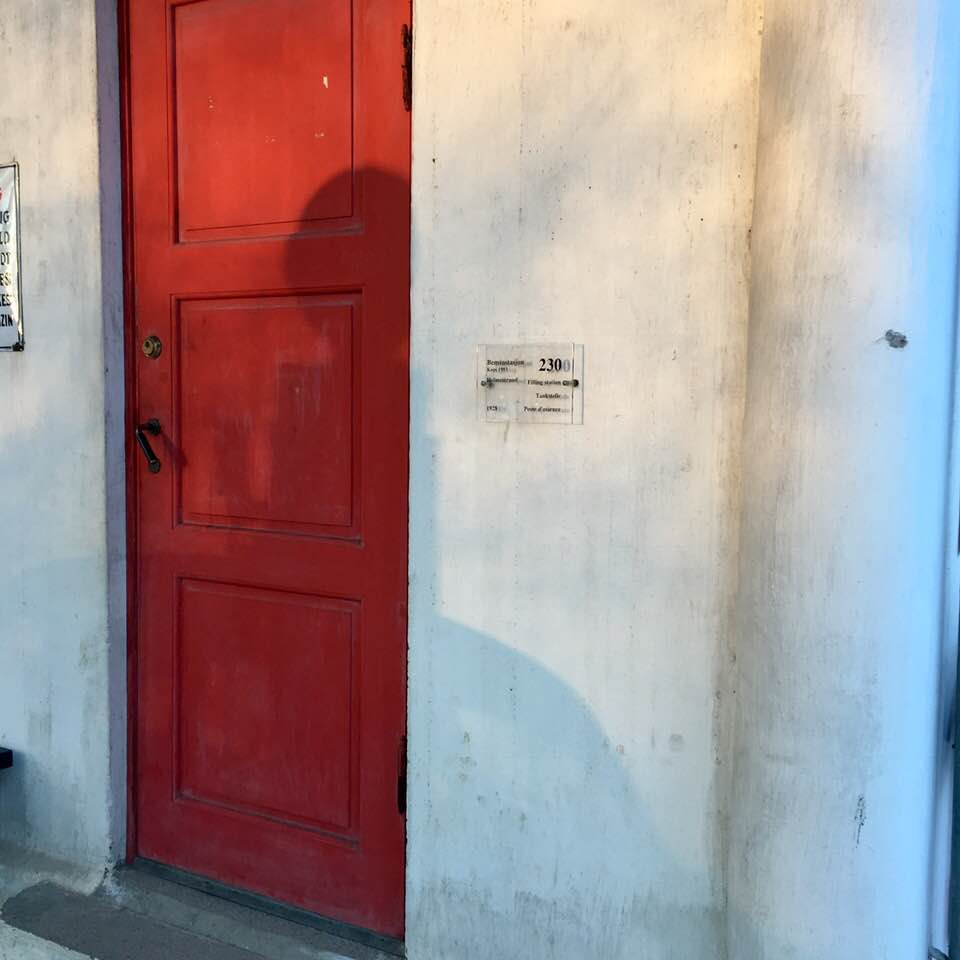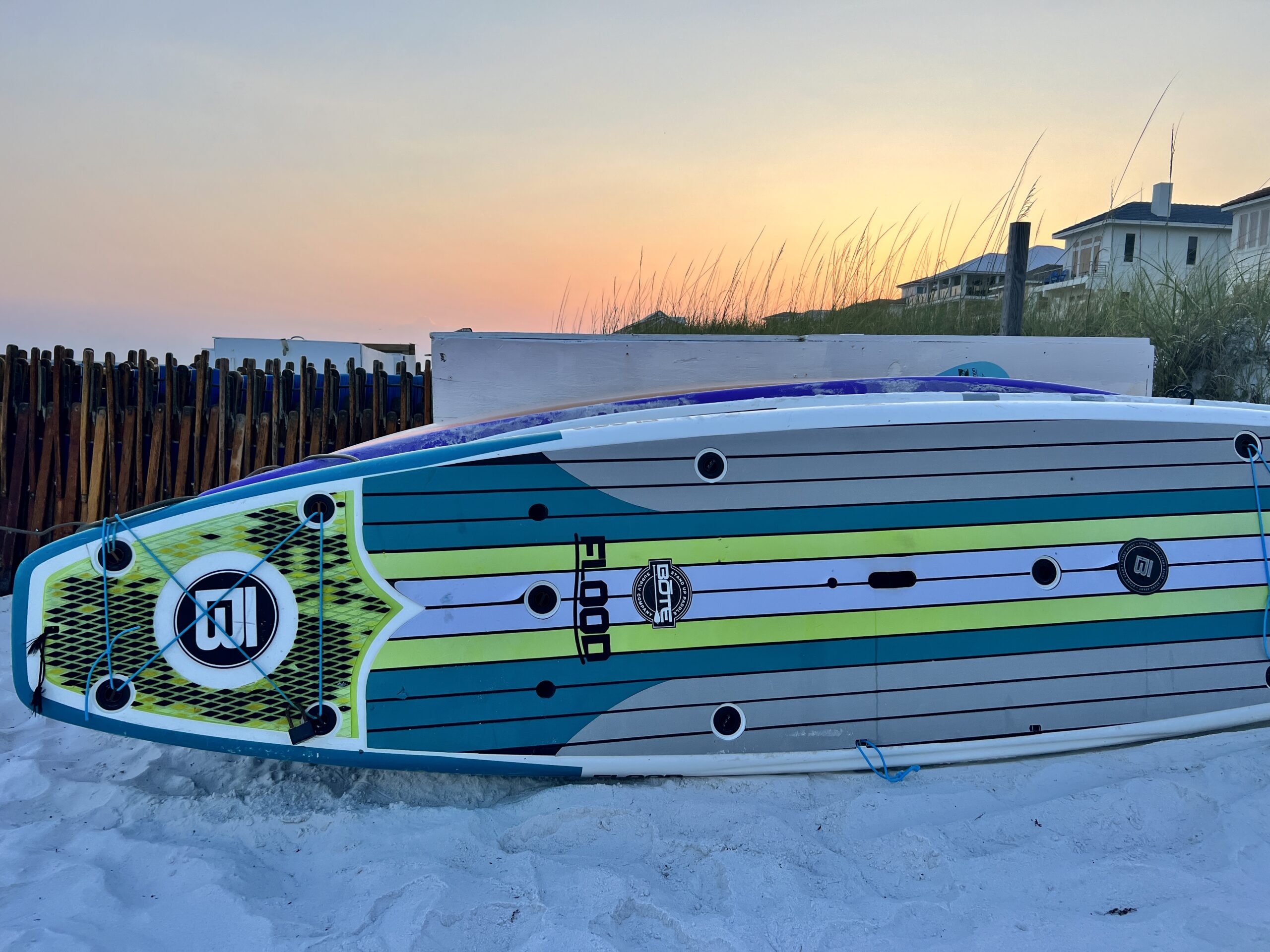
What to Pack for a Day Hike – Beginner’s List
Until a few years ago, I never even packed a daypack for hikes. I live in Indiana, on the north end, where it’s pretty flat.
I’ve taken a lot of day hikes armed with nothing more than a water bottle and good intentions.
But with knowledge comes responsibility, and when I started traveling more and working hiking into some of my trips, I realized I was quite unprepared for even a slight inconvenience, let alone an emergency.
When I read Julianne’s Day Hiking Essentials list, I knew I needed to do better. That being said, Julianne is a much more adventurous hiker than I am, so I scaled my list back to be appropriate for my hiking type. I highly recommend reading Julianne’s other pieces on the outdoors, such as The Ten Essentials for Hiking and 8 Surprising Sunsmart Tips.
Knowing what to pack for a day hike is based on personal preference, and hiking factors. This day hiking checklist for beginners is appropriate for a beginner or intermediate hiker doing a 1-5 mile hike, presumably on a well-trafficked and well-marked trail. I would use this list for up to 5 miles of hiking, depending on the terrain, the weather, and the altitude.
There are a lot of reasons to be well prepared, but I’ll give you two:
- You want to end a hike alive. That sounds dramatic, but people die hiking through miscalculation, recklessness, or accidents.
- Not being prepared can put other hikers, or rescue personnel, many of whom are volunteers, at risk.
With that, let’s get into it!
What to pack for a day hike – for Beginners




Essential Hiking Gear
Daypack – I use the Eddie Bower Stowaway. It’s inexpensive, well-made, and has served me well on multiple trips. It packs into its own pocket, making it very packable to take along in my carry-on suitcase and holds plenty of gear when unfolded. Made with rip-stop fabric with lots of excellent features. Repels water (not waterproof), lightly padded straps, and at a $30-$40 pricepoint (often less!) it’s an affordable daypack for the beginning hiker.
Hiking boots – My hiking boots were not pricey, and they work just fine for the type of hiking I do. They are by Columbia, and I bought the cheapest ones I could find. They are not pretty or fancy but have good ankle support and tread. Make sure you buy the right size. If you are between sizes, size up. You want about a finger’s width between your toes and the end of the boot. Your feet will swell, and when going downhill, your toes will meet the front of the boot repeatedly. Mine are water resistant and do fine in damp, muddy conditions – including light rain. They are not fully waterproof. Getting fitted for hiking boots is greatly encouraged.
Waterbottle or Water Bladder
Bonus items:
Trekking poles – Trekking poles aren’t just for those of us over 50! They are helpful for anyone as they provide stabilization, improve efficiency and take some pressure off your legs, specifically your knees and ankles.
Winter traction gear – If you are hiking in winter, ice spikes strap onto your boots and provide amazing stability. I borrowed a pair from my son when I was in Tromso, Norway and they were so helpful for navigating up the slick, hillly sidewalks.

Clothing for Hiking
You do not have to have a bunch of technical gear, and you don’t have to spend a fortune, either.
Wool Socks – Wool socks that fit well (not too big!) are imperative. Wool will wick the moisture away from your feet, making you much less likely to blister. I like Bombas brand. Take an extra pair in your day-pack in case your feet get soaked. While your boots might still be wet, a dry pair of socks will take some time until the end of your hike.
Clothing – Moisture-wicking clothes in layers and quick dry fabrics are your best bet.
Wool is a great moisture-wicking fabric and many of the new brands are also quick to dry after you wash them.
I like a good wool tank top, topped with a lightweight jacket. If it’s going to be cooler, I’ll also pack a fleece. I always pack my Coto-Paxi wind jacket. It’s lightweight and packs up super small. I have a pair of inexpensive cargo-style joggers from Target (quick dry) that I typically use on my hikes unless I wear shorts.
Bonus tip: Used gear
I scour my local thrift stores for brands like The North Face and Patagonia, whose gear is a bit outside my price point but lasts a long time. Many brands now sell used gear on their own sites as part of their sustainability efforts, so be sure to check your favorite brand websites to see if they have used items. Check out The Northface Renewed or Patagonia Worn Wear. There are also sites specific to used outdoor gear, like Out and Back Outdoor and Gear Trade.
Now that you are dressed and ready to go, you need to make sure you are packing your day-pack appropriately. While you can scale up or down, the list below will keep you covered, literally, in most emergencies.
What to put in your pack – Dayhiking Checklist for Beginners
Emergency items:
Even on a short to medium hike, accidents can happen. It’s better to be over-prepared than under-prepared. Bumps, scrapes, bug bites, even a twisted ankle – This list has you covered.
I put these first five items in a snack-size zip-lock baggie. I keep one set in my regular travel bag too.
- Gauze
- Bandaids
- Anti-bacterial ointment
- Tweezers
- Alcohol pads
Additional items
- Ace Bandage – 2” wrap – If you twist an ankle, which is really easy to do, this will help you get back to the car.
- Blister care pack
- Bandanna – great to cover your hair to keep ticks off but can also be used in an emergency as a tourniquet or other emergency bandage.
- Bivy – I had NO idea what a bivy was until I met Julianne. They can be used for cowboy camping (no tent) as an extra layer around your sleeping bag but an emergency bivvy is designed to keep you warm/dry/protected should you find yourself in an extreme element unprepared. (snow, rain, heat)


Protection items:
- Sunblock
- Bug spray
- Biodegradable wipes – if nature calls
- Chapstick with SPF
- Paper bag – You need to take your bathroom tissue or wipes with you, don’t leave them in nature
- Hat – Sun, baseball, knit cap – Whatever fits your situation
- Bear Spray – If hiking in Bear country
- Bear Bell – Making noise on the trail is the best way to alert wildlife in the area; they will avoid you if they can
Bonus item: Take a spare pair if you wear contacts or glasses. If you jump into a waterfall and lose your glasses or contacts, it’ll be a real bummer (and it happens all the time!)
Navigation and Safety:
Flashlight – make sure you have fresh batteries
- Duct tape
- Notebook and pen
- Backup ID – I carry a spare driver’s license everywhere I go. I get a ton of questions about this. I never turn in old IDs. I “lose them, ” take all my paperwork, and pay a little more for a “lost” ID vs. a renewal.
- Multitool
- Headlamp
- Lighter
- Matches
- Compass
- Paper Map – You can usually get one from the welcome center
- Download trails in All Trails Pro
Bonus item:
If you are hiking in really remote areas or off-trail hiking, a Satellite GPS is really important
Food and Drink:
Note: Pack out everything, including bread crusts, apple cores, banana peels etc. Even if it is compostable, it’s not necessarily native; pack it out. Do not feed animals. Even the super cute chipmunks who will literally eat out of your hand (OMG – yes, they are so cute) – DON’T FEED THEM. Leave no trace!
Ideas for easy, packable snacks for your day hike:
- Protein bars
- Nuts/trail mix
- Olives
- Tuna packets
- Apples
- Crackers
For those new to hiking or those who have spent many hours on the trail, having a day hiking checklist for beginners is a great way to help ensure your day spent in nature ends with a tired body but a safe, happy heart.
The views expressed on this website represent the opinions of the authors; we encourage you to form your own opinions and confirm any facts.
This post may contain affiliate links. If you shop or make a reservation through these links, we may make a small commission (for which we are very grateful!) at no extra cost to you. Not all links are affiliates, and we only suggest products and places we have experienced.



